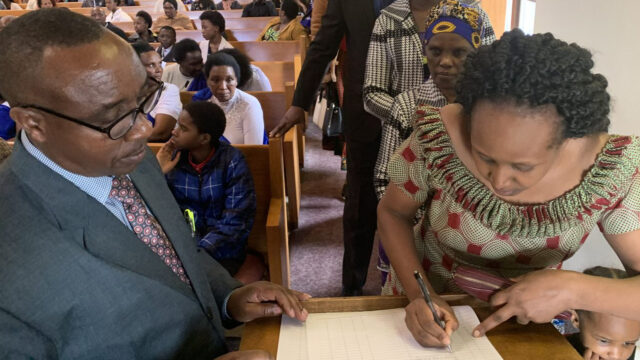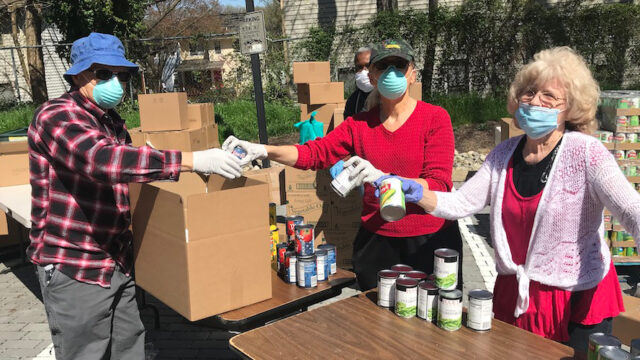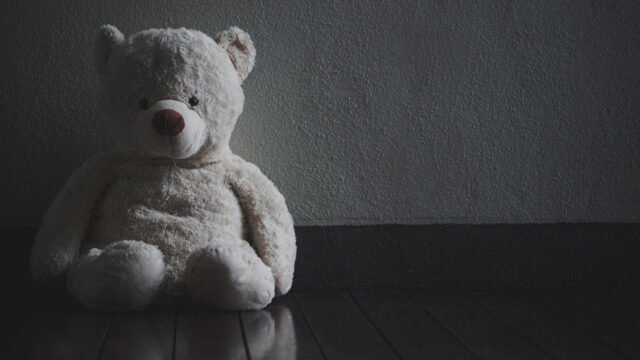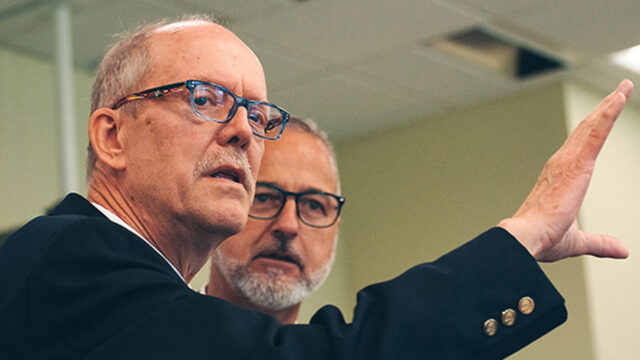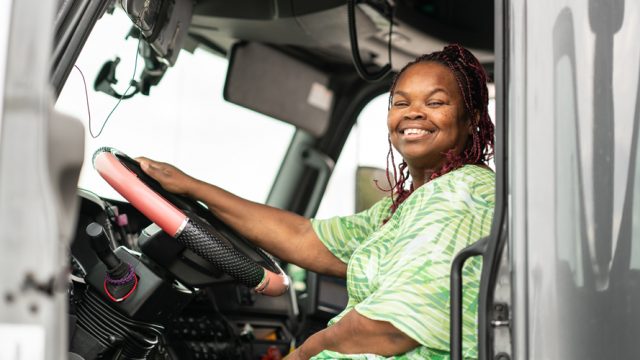When disaster strikes, showing compassion to those who suffer always goes a long way.
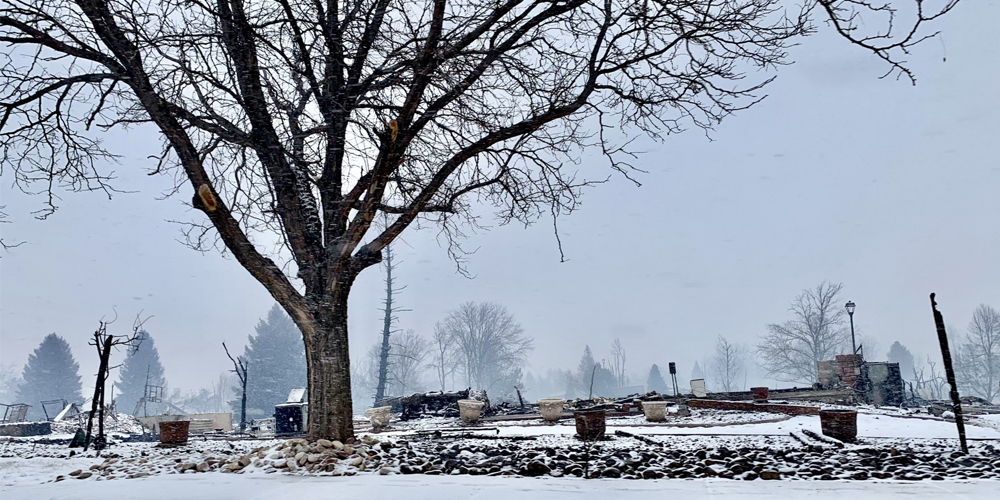
My wife and I were in the mountains, driving back from visiting my aging father. Our 6-year-old granddaughter, who currently lives with us, had called to share her concerns. My daughter soon got on the line and informed us that it appeared that there was a house on fire in the adjoining neighborhood, and the smoke was so bad that she was leaving the house with her two daughters.
At this point, the conversation was interesting but not too worrisome. Perhaps there was a house fire in the neighborhood, but the fire department should soon have it under control.
The next call shook us to the very core. “I’m on the highway, and all I can see is flames on both sides of the road! The smoke is so black and thick that I can’t see anything else! I don’t know what to do! I’m afraid we might be hit by another car! Wait, I’ve got to go!” The line went dead.
By now, you can surmise that my daughter and granddaughters were caught in the middle of the worst wildfire in suburban Colorado history. Fortunately, the reason she had hung up was because she saw a highway patrol car flashing its lights and going down the wrong side of the highway. She did a rapid U-turn and followed it out of the conflagration.
Our story is just one of thousands that occurred on December 30, 2021. Many of the stories are nothing but miraculous. The fire, driven by hurricane-force winds, moved so fast and at times in such a random fashion that many had only minutes to grab a few precious items and flee their homes. Almost 1,000 of those homes were destroyed. So were many businesses.
The physical damage from the fire is obvious. Whole neighborhoods have disappeared, and thousands have been displaced. But the social and mental health costs of such devastating events are harder to observe and measure, and on the surface can appear contradictory.
Research on the aftereffects of disasters shows some interesting and, at times alarming, trends. After natural disasters, marriage rates go up slightly, but so do divorce rates. After man-made disasters, however, the divorce rate tends to drop! It is thought that the responses differ between disasters that have a relatively small loss of life but a great deal of physical damage and those that have a relatively small amount of physical damage but a larger loss of life. If that is true, we can expect to see both the marriage rate and the divorce rate rise after the Marshall Fire.
Suicides may also increase after disasters with an increased rate of post-traumatic stress disorder (PTSD). Data, however, shows an increase in suicide after earthquakes, floods, and hurricanes, but not after tornadoes or severe storms. Suicide rates are high among firefighters, though, and may also increase among first responders and health-care workers after a disaster.
In summation, it is difficult to predict the behavioral health effects on any group or individual after a disaster such as the Marshall Fire in Colorado. We should, however, be aware of the tremendous stress that occurs and be ready to assist friends, family members, coworkers, and acquaintances who have recently undergone such a traumatic event. And while none of us who are not behavioral health experts should in any way attempt to treat those experiencing symptoms, experts say that it is healthy, in a safe and compassionate atmosphere, for them to talk about the traumatic experience through which they have lived.
The original version of this commentary was posted by the Rocky Mountain Conference.


